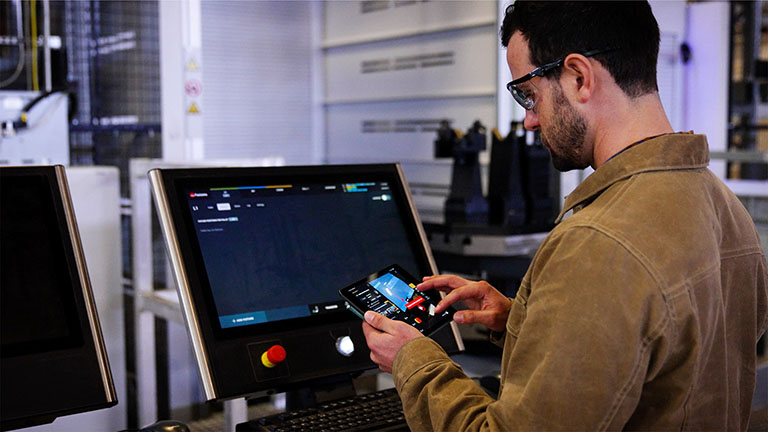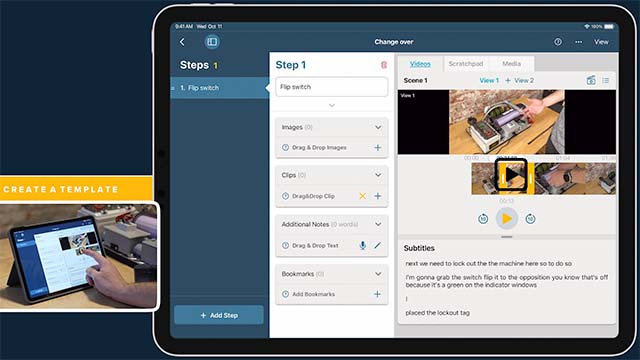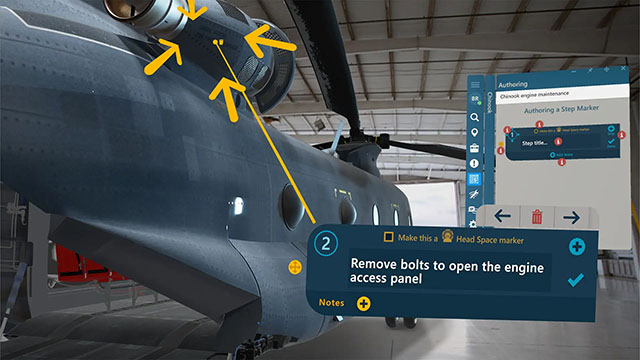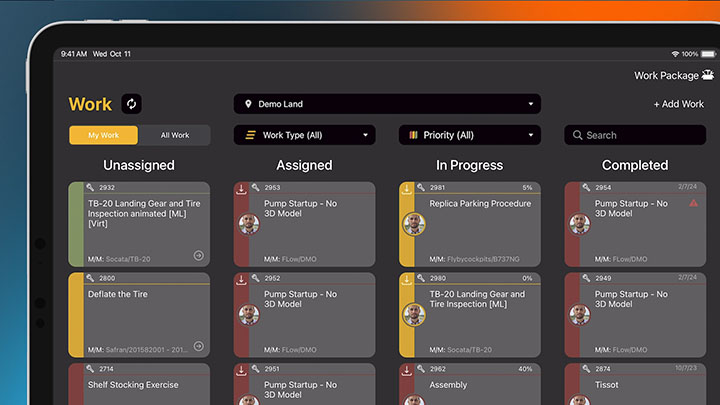- Get Started
- How-to Manifest
How-to Manifest
Menu - User Guides
User Guides
Menu - Knowledge Base
Knowledge Base
Menu - Release Notes
Release Notes
Menu - Support
Menu
Everything we do, every product or technological innovation we make, exists to empower and equip people with the tools they need to complete their job flawlessly, accurately, and to completion every time. Learn more about Taqtile.
KEY CONCEPTS
Menu
HOW-TO MANIFEST
Menu
USER GUIDES
Menu
KNOWLEDGE BASE
Menu




